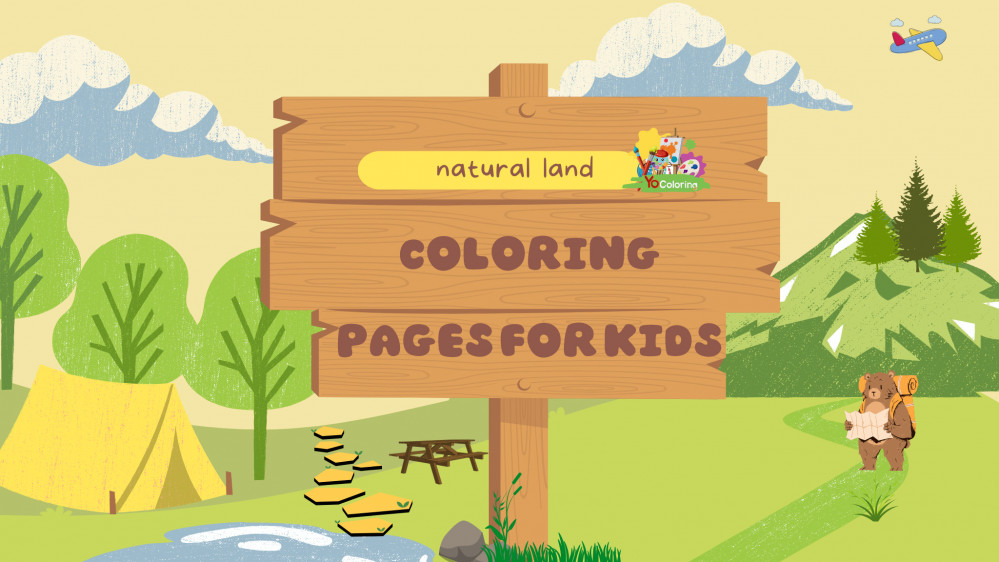
Coloring for Kids: Unleashing Creativity and Learning Through Art
Coloring for Kids: Unleashing Creativity and Learning Through Art
The Benefits of Coloring:
Fine Motor Skills Development: Coloring involves precise hand movements, helping children refine their fine motor skills. Holding and maneuvering crayons or colored pencils fosters dexterity and hand-eye coordination, skills that are essential for tasks such as writing and using tools. Browse our Colorful Collection: Explore our collection of vivid coloring pages specially designed for kids: Free coloring pages
Color Recognition: As children explore different colors and choose shades for their drawings, they enhance their color recognition abilities. They learn about primary and secondary colors, shades, and tints, boosting their understanding of basic color theory.
Creativity and Imagination: Coloring pages are like blank canvases waiting to be transformed. Children can give wings to their imagination, making a blue elephant or a polka-dotted sun. This unstructured creative process allows them to think outside the box and invent their own worlds.
Emotional Expression: Children often find it challenging to express their emotions verbally. Coloring offers them a nonverbal outlet to convey feelings and moods. They might use bold strokes for excitement or calm colors for relaxation, providing insights into their emotional state.
Focus and Concentration: Coloring demands attention and concentration. As kids dedicate time to stay within the lines and choose colors carefully, they develop focus, patience, and the ability to follow instructions.
Confidence Boost: Completing a coloring page gives children a sense of accomplishment. Displaying their finished work fosters pride and self-confidence, encouraging them to take on more challenges. Check out free coloring pictures at: https://mastodon.cloud/@coloring_pages_yocoloring
The Role of Coloring in Education:
Educators and parents have recognized the educational value of coloring. It serves as a tool to reinforce various concepts:
Language Development: Coloring fosters vocabulary development. Describing their drawings and discussing color choices with parents or peers enhances communication skills.
Math Concepts: Counting crayons or deciding how many flowers to color red introduces basic math concepts.
Science Exploration: Coloring animals, plants, and natural scenes sparks curiosity about the world around them. Children learn about different species and ecosystems in an engaging manner.
Storytelling: Colored characters and scenes can become the backdrop for storytelling. This activity encourages narrative skills and helps children structure their thoughts.
Cultural Understanding: Coloring diverse scenes from around the world can introduce children to different cultures, traditions, and clothing styles.
Digital vs. Traditional Coloring:
In the age of tablets and smartphones, digital coloring apps are on the rise. While they offer convenience, they lack some benefits of traditional coloring. Traditional coloring allows children to interact physically with the medium, feel the texture of the paper, and experience the tactile satisfaction of creating something tangible.
Encouraging Healthy Coloring:
To ensure coloring remains a positive experience, consider these tips:
Provide Variety: Offer a range of coloring tools like crayons, colored pencils, markers, and watercolors. Each offers a unique experience and helps children explore different techniques.
Create a Relaxing Environment: Designate a quiet space for coloring where children can focus without distractions.
Celebrate Effort: Encourage children regardless of their skill level. Praise their effort, creativity, and willingness to explore. There are many more free coloring pages at: https://mastodon.social/@Coloringpages_Yocoloring
In conclusion, coloring isn’t just about adding colors to paper; it’s a multifaceted activity that nurtures creativity, learning, and emotional expression. It bridges the analog and digital worlds, offering a timeless way for children to engage with art and the world around them. So, provide those coloring pages and watch as your child’s imagination and abilities flourish with every stroke of color.










































































Leave a Reply